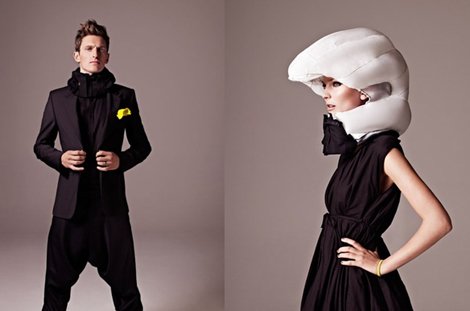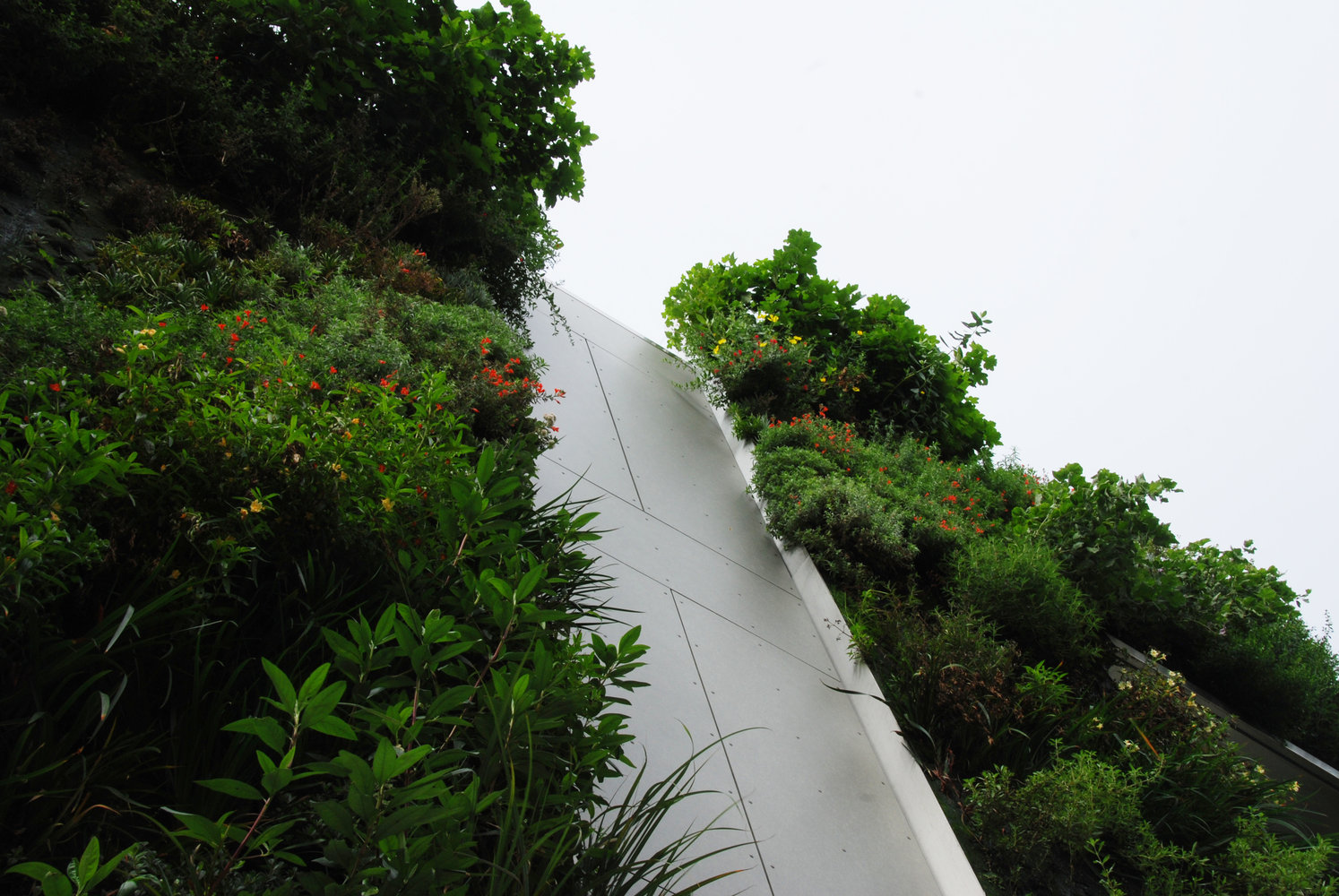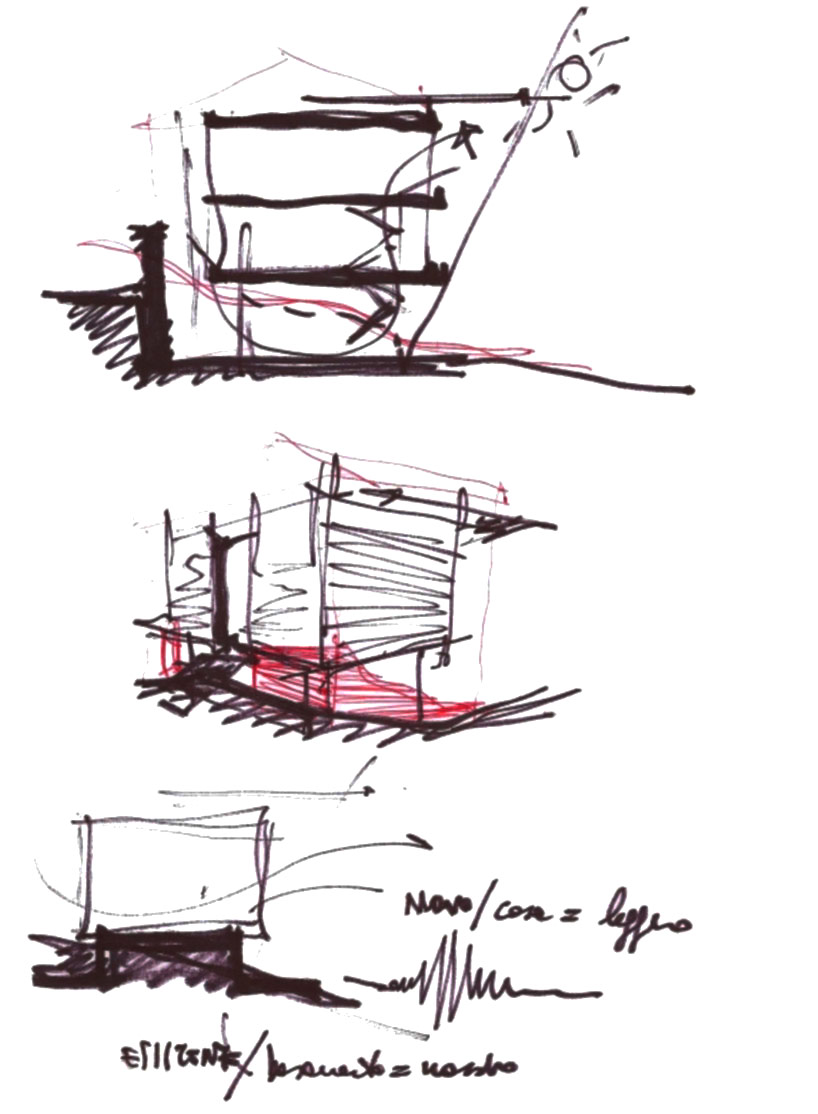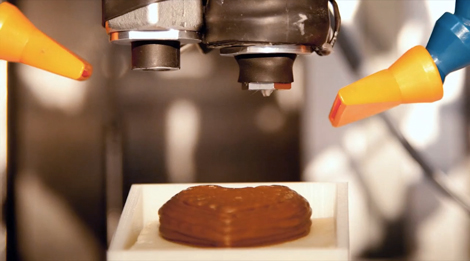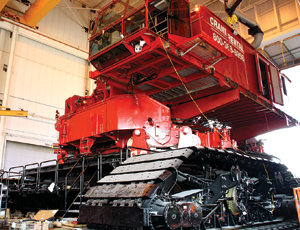Aluminum in its most pure, natural state cannot be machined and formed to be applied in all the ways we see Aluminum applied today. Those in the metals industry have been creating alloys in order to both cater to specific purposes and bolster qualities in metals. For Aluminum itself, there are over 300 wrought alloys, each classified by a 4 or 5 digit number that denotes its composition. “The main alloying elements are copper, zinc, magnesium, silicon, manganese and lithium. Small additions of chromium, titanium, zirconium, lead, bismuth and nickel are also made and iron is invariably present in small quantities,” (1). With small additions to Aluminum and through specific processes, the metal can be altered. Abundant alloys leads to so many more opportunities.
| Major Alloying Element | Wrought | Cast |
| None (99%+ Aluminium) | 1XXX | 1XXX0 |
| Copper | 2XXX | 2XXX0 |
| Manganese | 3XXX | |
| Silicon | 4XXX | 4XXX0 |
| Magnesium | 5XXX | 5XXX0 |
| Magnesium + Silicon | 6XXX | 6XXX0 |
| Zinc | 7XXX | 7XXX0 |
| Lithium | 8XXX | |
| Unused | 9XXX0 |
Some examples are 1050 and 1200 which is used in the food and chemical industries and 5251 and 5052 which are used for vehicle paneling, structures exposed to marine atmospheres, and mine cages.1050 and 1200 are form-able, weldable, and corrosion-resistant. Those in the 1xxx’s have no major alloying elements; they are 99%+ Aluminum. The latter alloys share the same properties, but are also work-hardened to make them of medium-strength. The major alloying element in the 5xxx’s alloys in magnesium. That minuscule percentage of magnesium and a few other additions creates an product that can be used for cars and trucks (1). This only touches on a few.
It’s amazing to see how through processing we can make improvement to materials we use. Aluminum was not always used for structural framing but it is making its way into the sector. Because its lighter than structural steel, its less load-bearing. It offers immense amounts of strength despite its weight.

In order to make aircraft and spacecraft that meet modern standards and requirements, very specific, purified alloys are required. It might also be added that, ” the development of newer aircraft structures has proceeded at such a pace that thousands of obsolete civil and military aircraft stand idle in “graveyards”, especially in the USA” (2). These crafts that are out-of-commission cannot be efficiently broken down and reused in other products. Herein lies a challenge that the aluminum and aerospace industries face. Not only is it untimely to repossess what is in the crafts, but the industries also lack methods by which to recycle these kinds of high-purity alloys.
This challenge will not at all be resolved by a “quick-fix” solution. It may require alterations to the alloys themselves to, “Broaden the number of available aluminum alloys whose specifications will readily directly accept recycled metal and will perform well in high-quality, value added products,” (2). For now though, companies like Aleris (3) and Novelis (4) are taking initiatives to deal with the recycling side of the aluminum consumption. Finding ways to streamline their systems and deal with post-use metal will help to move the world toward a sustainable aluminum use.
(1)http://www.azom.com/article.aspx?ArticleID=310
(2)http://www.keytometals.com/page.aspx?ID=CheckArticle&site=ktn&NM=222
(3)http://www.aleris.com/what-we-offer/recycling/wrought-alloys







 She describes the projects goal as warning, “road users ahead of the cyclist of their presence, helping to prevent [road users] turning across their path (especially the big ones like buses and trucks!). Making the cyclist more visible and increasing their footprint on the road,” (2). In simpler words, BLAZE was designed solely for bikers increased safety.
She describes the projects goal as warning, “road users ahead of the cyclist of their presence, helping to prevent [road users] turning across their path (especially the big ones like buses and trucks!). Making the cyclist more visible and increasing their footprint on the road,” (2). In simpler words, BLAZE was designed solely for bikers increased safety.